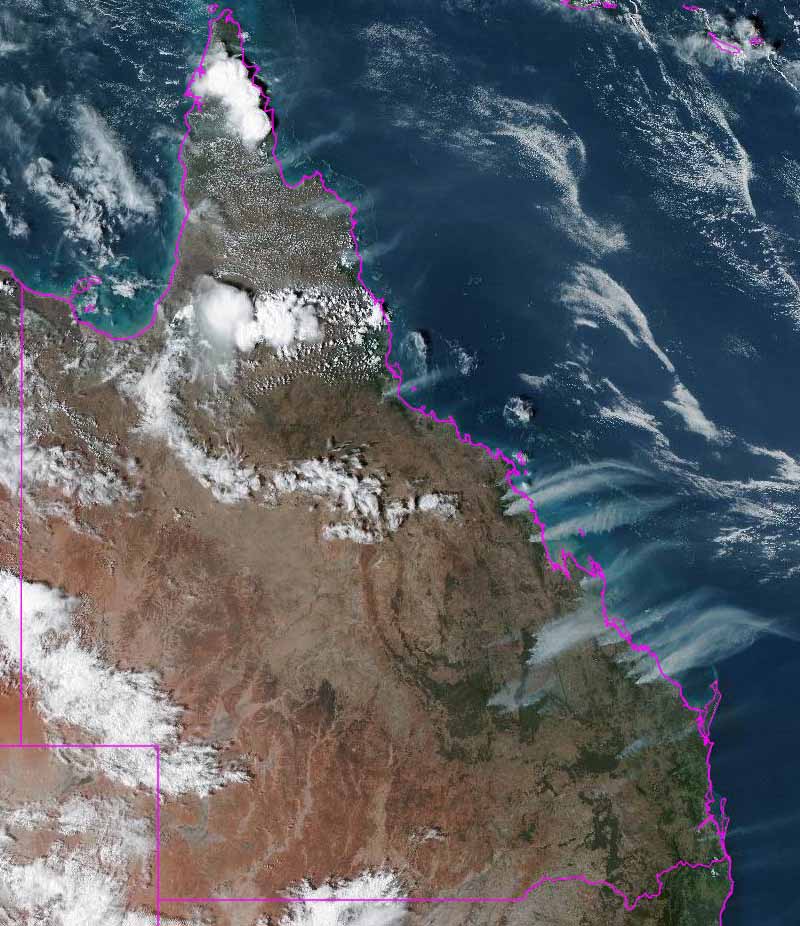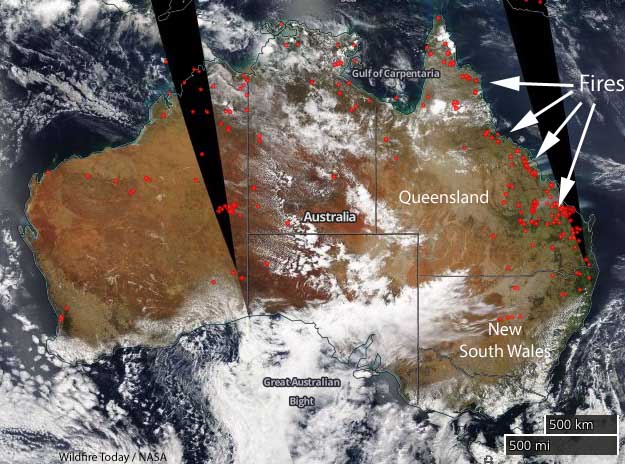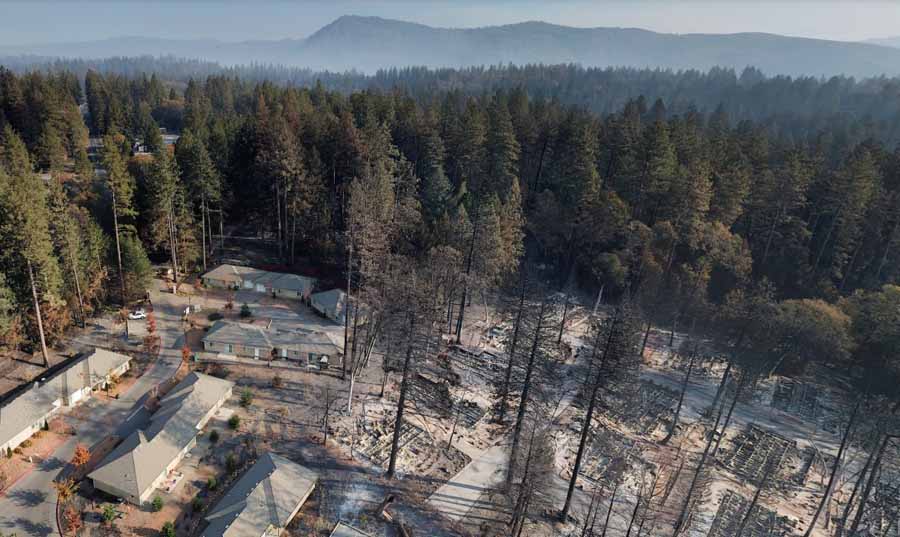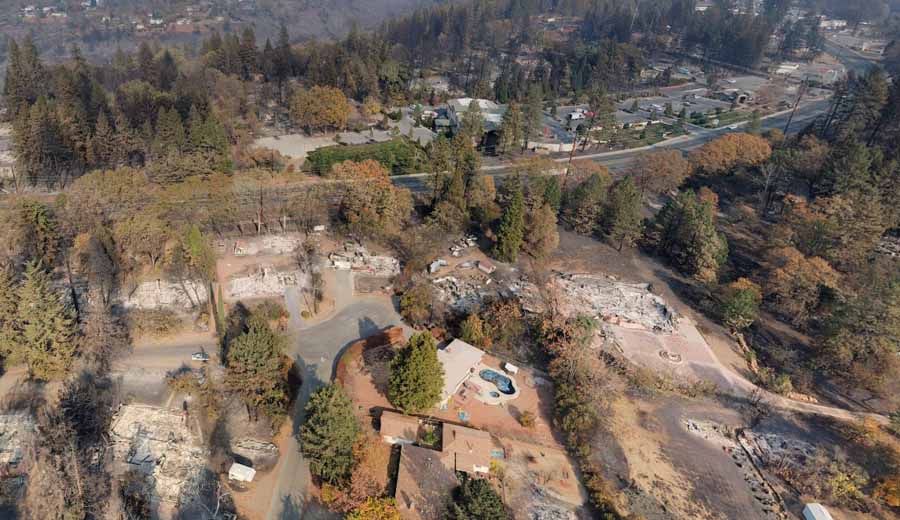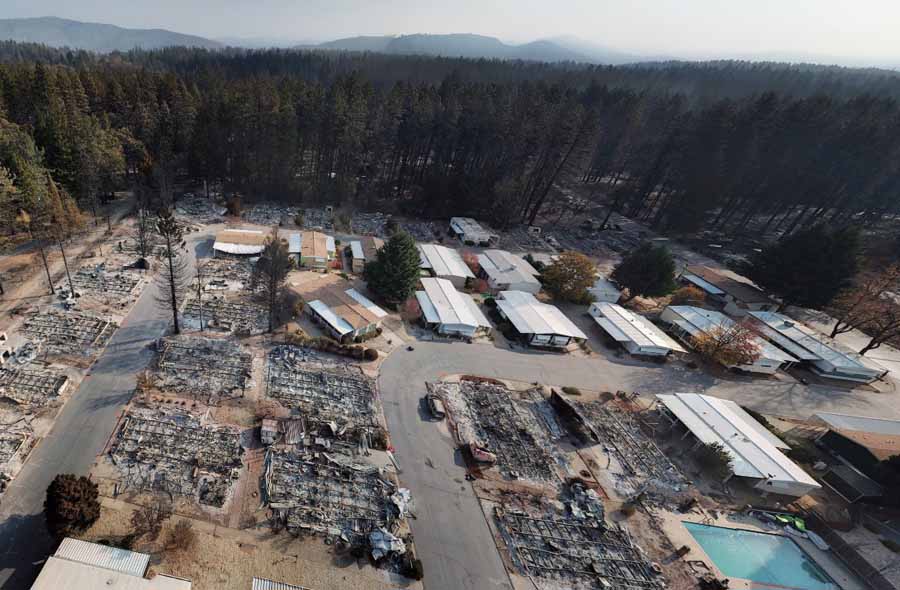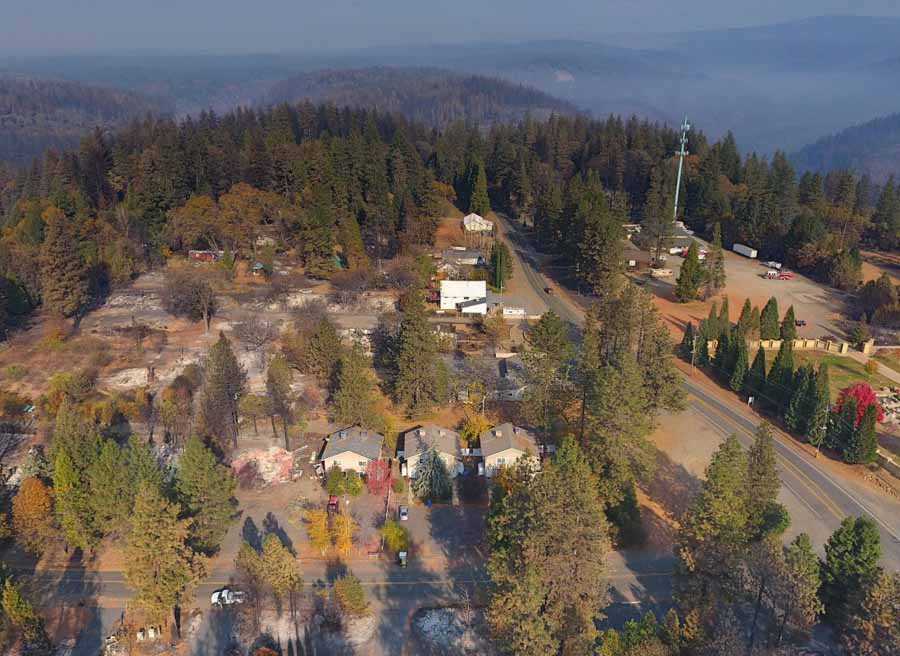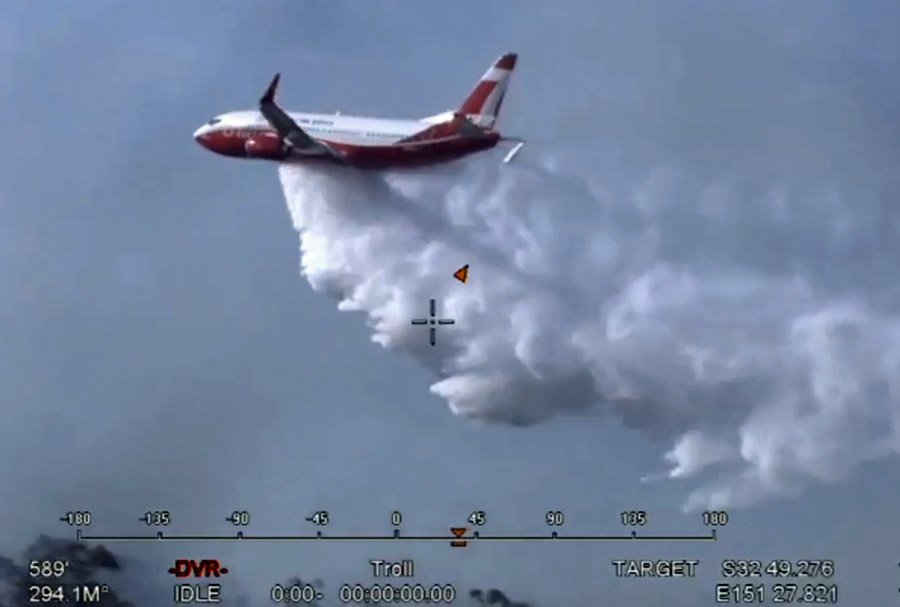The U.S. Forest Service has released a video of the exploding target that started what became the 46,000-acre Sawmill Fire southeast of Tucson in 2017.
Border Patrol agent Dennis Dickey has pleaded guilty to starting the fire. He was holding an off duty party to celebrate his wife’s pregnancy at which the gender of his baby was revealed. He mixed colored powder into a Tannerite exploding target which would show blue or pink smoke when shot with a rifle. The target exploded as planned, revealing the blue powder, but it started what became the Sawmill Fire. A witness recorded video of the explosion.
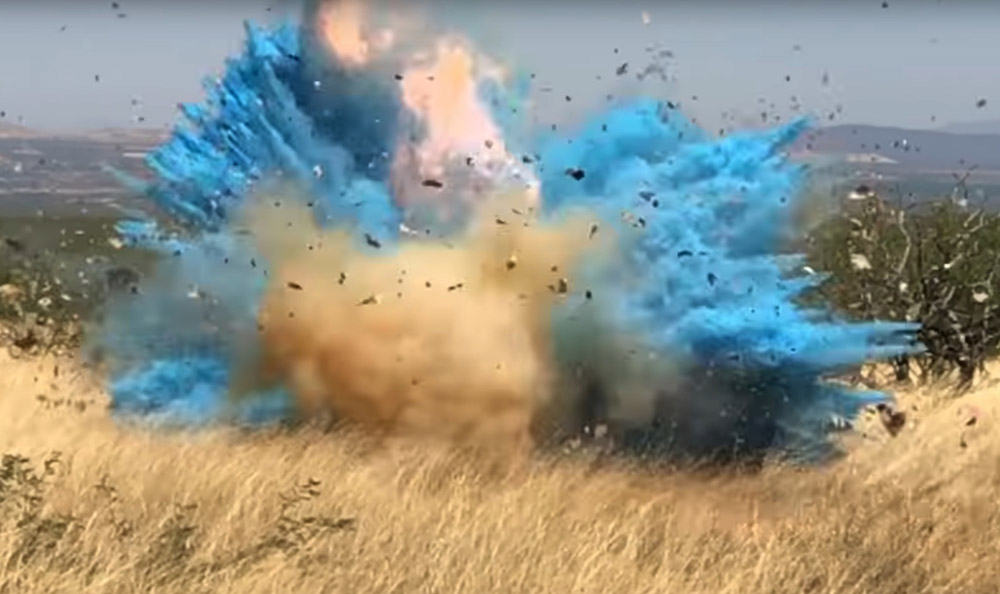
Agent Dickey set up the dangerous device at a location where it was surrounded by dry grass and mesquite trees. At the end of the video a voice can be heard shouting twice, “Start packing up!”.
The video obtained by the Arizona Daily Star from the U.S. Forest Service through the Freedom of Information Act is below.
One of the commenters where the video is posted on YouTube, wrote, “I feel bad for the poor baby boy who’s inheriting those genes.”
Agent Dickey said he attempted to put out the fire but when that failed, he reported it. At one point during the next week at least 799 firefighters were working to put out the fire, which ran up costs of approximately $8.2 million according to the May 5, 2017 national Situation Report.
On April 23, 2017, the day the fire started, the Hopkins weather station not far from where the fire began near Madera Canyon, recorded a high temperature of 80 degrees, 11 mph WSW winds gusting to 25, and 6 percent relative humidity. The weather station is at 7,100 feet and the location of the party where the fire started is most likely around 4,000 feet. If correct, this would put the temperature at the fire origin between 90 and 100 degrees.
A news release from the U.S. attorney’s office said Agent Dickey will make an initial payment of $100,000, then make monthly payments after that. According to the Arizona Daily Star and the Green Valley News, he agreed in court to pay $500 a month for the next 20 years, which adds up to $120,000, for a total of $220,000 including the first payment. He also will be sentenced to 5 years of probation and agreed to participate in a public service announcement with the U.S. Forest Service concerning the cause of the Sawmill fire.
Exploding targets consist of two ingredients that when mixed by the end user explode when shot by a high-velocity projectile. They have caused many fires since they became more popular in recent years, have been banned in some areas, and caused the death of one person. After the ingredients are combined, the compound is illegal to transport and is classified as an explosive by the Bureau of Alcohol, Tobacco, and Firearms.

